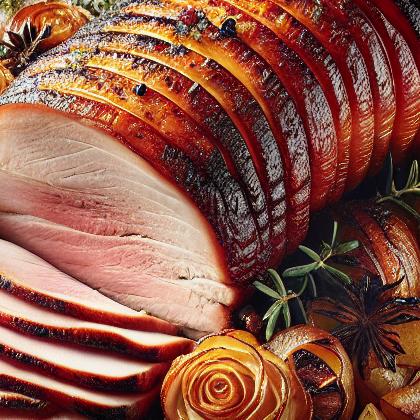Smoked Pork

Pork is the culinary name for meat from the domestic pig (Sus domesticus). It is one of the most commonly consumed meats worldwide, with evidence of pig husbandry dating back to 5000 BC.Pork is eaten both freshly cooked and preserved. Curing extends the shelf life of the pork products. Hams, smoked pork, gammon, bacon and sausage are examples of preserved pork. Charcuterie is the branch of cooking devoted to prepared meat products, many from pork.Pork is a popular meat in the Western world, and is also very common in Chinese cuisine. The religions of Judaism and Islam, as well as several Christian denominations, forbid pork. It remains illegal in several Muslim countries. Raw or undercooked pork may contain trichinosis, but advances in food hygiene have caused a decrease in cases.
Smoked pork Pairs With:
Smoked pork Properties:
| Food Property | Type | Description |
|---|---|---|
| Flavor Profile | Umami | The rich and savory taste that is intensified through the smoking process. |
| Salty | The saltiness added during the smoking and curing process. | |
| Texture | Firmness | The firm texture of the pork after smoking, with a slightly crisp exterior. |
| Aroma | Volatile Compounds | The complex aroma created by the smoking process, with hints of wood and char. |
| Cooking Behavior | Heat Conductivity | Smoked pork cooks evenly and retains heat well due to the smoking process. |
| Color | Maillard Reaction | The golden brown color on the exterior of the smoked pork, caused by the Maillard reaction during smoking. |
| Chemical Composition | Water Activity (aw) | The water activity level is reduced during smoking, contributing to preservation. |
Food Pairing App - Version 1.2.0
